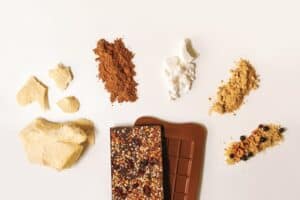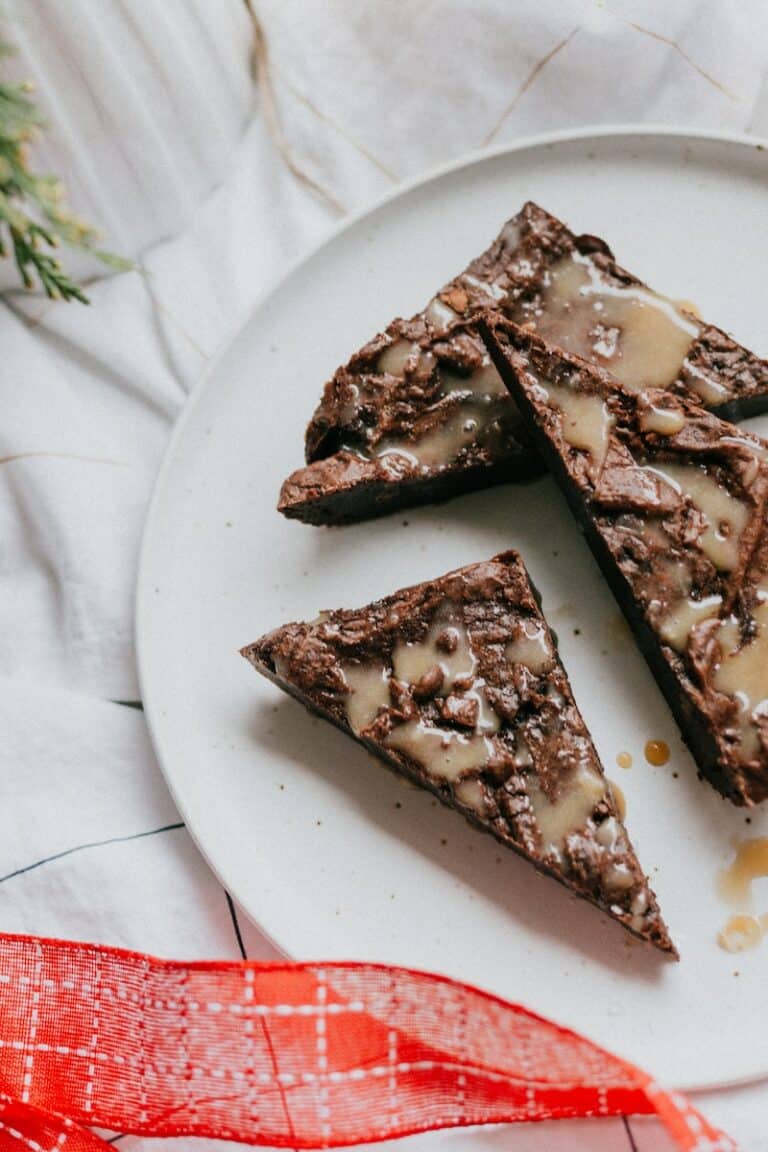In the world of chocolate, there are many different types and variations that can cater to different preferences and purposes. One such variation is compound chocolate, which can be found in various forms, from candy bars to coatings for soft baked goods. But what is compound chocolate? In this article, we will explore the composition, uses, and benefits of compound chocolate, as well as compare it to its more well-known counterpart, “real” chocolate.
What is Compound Chocolate? The Basics
Compound chocolate is a type of chocolate that is made from a combination of cocoa powder, vegetable fats, and other ingredients such as sugar and flavorings. Unlike real chocolate, which contains cocoa butter as its fat source, compound chocolate uses vegetable fats like palm kernel oil or coconut oil. The absence of cocoa butter in compound chocolate gives it a different taste, texture, and melting point compared to real chocolate.
The Composition of Compound Chocolate

To better understand what is compound chocolate, let’s delve into its main components:
Cocoa Powder
Cocoa powder is the primary chocolate flavoring ingredient in compound chocolate. It is derived from the cocoa beans, which are roasted, ground, and turned into a paste known as chocolate liquor. The chocolate liquor is then separated into cocoa butter and cocoa mass (also known as cocoa solids). The cocoa mass can be further processed into cocoa powder by removing the fat content.
Vegetable Fats
Instead of using cocoa butter, compound chocolate employs vegetable fats such as palm kernel oil, coconut oil, or other hydrogenated vegetable oils. These fats have a higher melting point compared to cocoa butter, which melts at human body temperature, giving compound chocolate a different texture and melting point.
Sugar
Most compound chocolate contains more sugar than real chocolate, which contributes to its sweet taste and smooth texture. The sugar content can vary depending on the specific type of compound chocolate, such as milk chocolate, dark chocolate, or white compound chocolate.
Additional Ingredients
Compound chocolates may also include other ingredients such as milk powder, flavorings, emulsifiers, and stabilizers to achieve a particular taste, texture, or shelf life.
The Difference Between Compound Chocolate and Real Chocolate
There are several key differences between compound chocolate and real chocolate, such as:
Cocoa Butter Content
Real chocolate, also known as couverture chocolate, contains cocoa butter, which is the natural fat extracted from cocoa beans. This high cocoa butter content gives real chocolate its unique melting point, smooth texture, and satisfying snap. Compound chocolate, on the other hand, uses vegetable fats instead of cocoa butter, resulting in a different texture and melting point.
Tempering Process
Real chocolate requires a careful heating and cooling process known as tempering to achieve a glossy appearance and maintain gloss when it is cooled and set. Compound chocolate does not require tempering, making it a more convenient and lower cost alternative for various applications, such as coating candies or baked goods.
Melting Point
As mentioned earlier, compound chocolate melts at a higher temperature compared to real chocolate due to its vegetable fat content. This makes compound chocolate more suitable for use in warmer temperatures or applications where a higher melting point is desired.
Flavor and Texture
The difference in cocoa butter and vegetable fat content also affects the taste and texture of compound chocolate compared to real chocolate. Some may find that compound chocolate has a waxy or greasy mouthfeel, while real chocolate provides a richer, more intense chocolate flavor and a smoother texture.
Uses of Compound Chocolate
Compound chocolate is widely used in the food industry due to its versatility, lower cost, and ease of use. Some common applications include:
Candy Bars and Sweet Delights
Many popular candy bars and confections use compound chocolate as their coating or base. The higher melting point and glossy appearance of compound chocolate without the need for tempering make it an ideal choice for these sweet delights.
Coating for Soft Baked Goods
Compound chocolate is also commonly used as a coating or drizzle for soft baked goods such as cookies, donuts, and pastries. The ease of melting compound chocolate and its ability to set without tempering make it a convenient option for bakers and confectioners.
Decorative Purposes
The versatile nature of compound chocolate allows it to be easily molded and shaped for decorative purposes, such as creating chocolate garnishes, sculptures, or intricate designs on cakes and desserts.
Final Thoughts
What is compound chocolate? It is an alternative to real chocolate that offers a different taste, texture, and melting point due to its unique composition of cocoa powder, vegetable fats, and other ingredients. While it may not be the first choice for professional chocolatiers or those seeking a true chocolate experience, compound chocolate serves a valuable purpose in the food industry, providing a convenient and cost-effective option for various applications. Whether you prefer the heavenly balance of flavors in real chocolate or the practicality of compound chocolate, there’s no denying that both have their place in satisfying our taste buds.
- What Was The Original Purpose Of Chocolate
- What Skills Are Needed To Be A Chocolatier
- What Is Unsweetened Chocolate
- What Is The Most Popular Chocolate
- What Is The Best Chocolate For Fondue
- What Is Single Origin Chocolate
- What Is Kosher Chocolate
- What Is Compound Chocolate
- What Is Chocolate Liquor
- What Is Bittersweet Chocolate
- What Is A Christmas Chocolate Yule Log
- What Is A Chocolatier
- What Did A Bar Of Chocolate Prompt The Creation Of
- What Are Cocoa Nibs
- What Are Chocolate Truffles
- What Are Chocolate Bonbons
